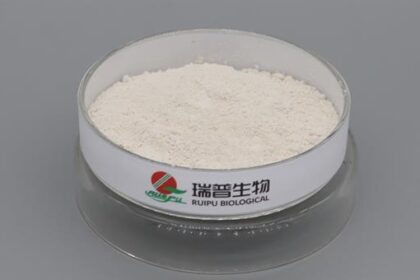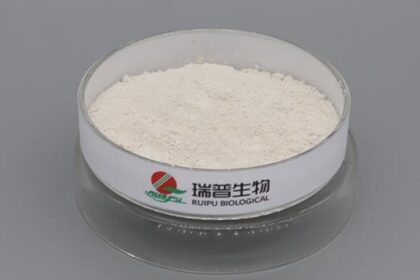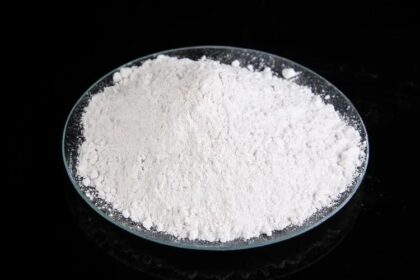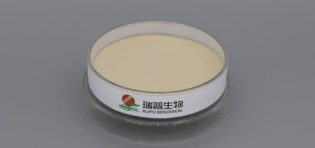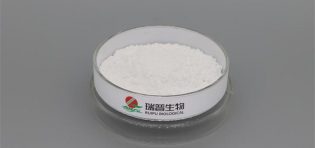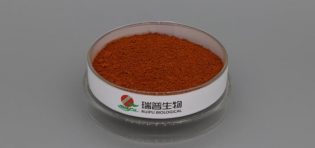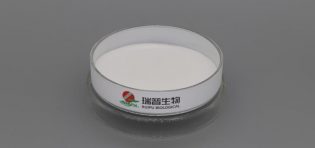
The amount of taurine added to food products is regulated by various authorities to ensure safety and efficacy. Taurine is a naturally occurring amino acid that is often added to energy drinks, infant formula, and pet foods.
The Codex Alimentarius, developed by the FAO and WHO, provides international food standards. For infant formula, the Codex specifies that taurine can be added at levels up to 12 mg per 100 kcal.
The FDA does not have a specific maximum limit for taurine in food products; however, it is generally recognized as safe (GRAS) for specific uses.
For energy drinks, taurine is commonly added in amounts ranging from 1000 to 2000 mg per serving.
The European Food Safety Authority (EFSA) has evaluated taurine and established that typical daily intake from fortified foods and energy drinks does not pose a safety concern.
Energy drinks in the EU typically contain about 400 to 1000 mg of taurine per 250 ml serving.
Energy drinks typically contain 1,000 to 2,000 milligrams of taurine per serving. These doses are designed to improve physical performance and mental alertness.
Taurine is added to mimic the composition of human breast milk, which naturally contains taurine. The typical concentration is about 5 to 7 mg per 100 ml, adhering to Codex and EFSA guidelines.
Taurine is essential for cats and often added to cat food at concentrations of around 1000 to 2000 mg per kg of food. It is also added to dog food, although dogs can synthesize taurine.
The typical dietary intake of taurine from regular foods is around 40 to 400 mg per day. Fortified foods can significantly increase this intake, but current evidence suggests that taurine is safe at levels commonly consumed in fortified foods and supplements.
There is no established upper limit for taurine intake, but studies suggest that doses up to 3000 mg per day from supplements are well-tolerated by healthy adults.
Taurine has various health benefits, including supporting cardiovascular health, muscle function, and the central nervous system. It is also involved in bile salt formation and antioxidant activities.
Products containing added taurine must list it in the ingredient statement, and the quantity may be included in the nutritional information panel.
Health claims about taurine must be substantiated by scientific evidence and approved by relevant authorities.
Clear labeling helps consumers make informed choices about their intake of taurine, especially in products like energy drinks where consumption patterns can vary widely.
The amount of taurine added to food products varies depending on the product type and regulatory guidelines. While generally recognized as safe, the specific amounts used in foods like energy drinks, infant formula, and pet foods are carefully regulated to ensure consumer safety. Compliance with these guidelines, along with clear labeling, ensures that taurine can be used effectively and safely in food products.

